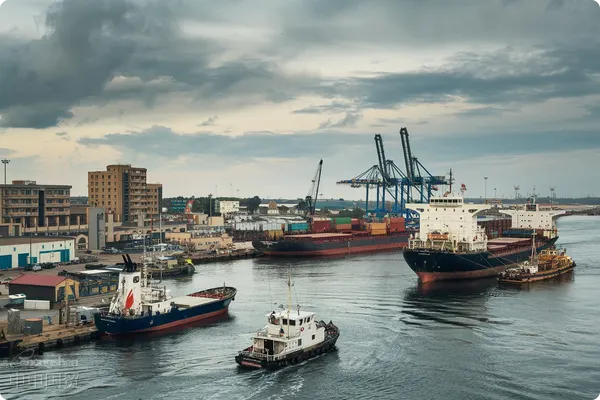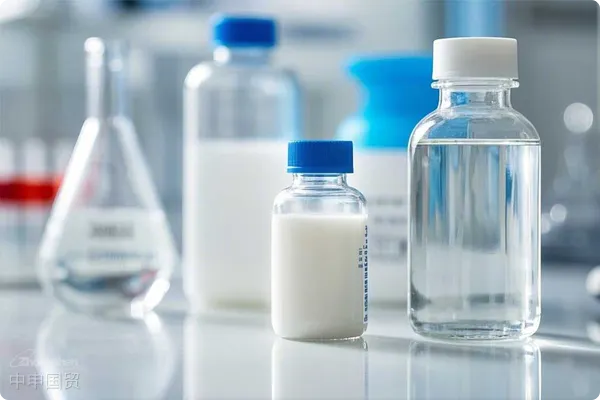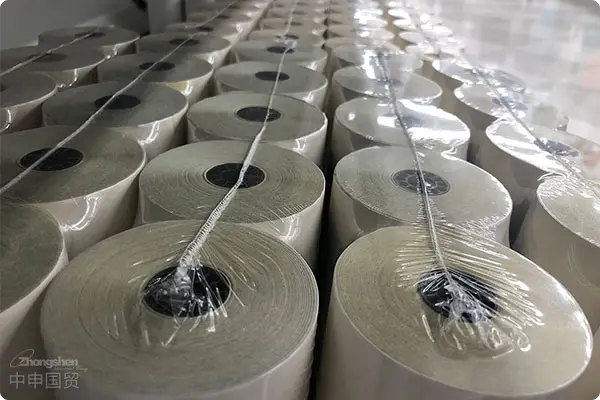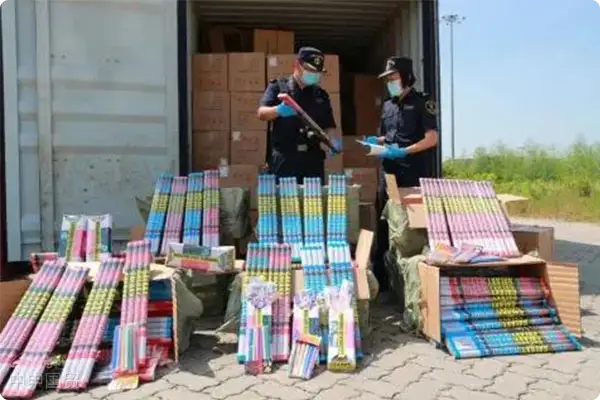- Shanghai Zhongshen International Trade Co., Ltd. - Two decades of trade agency expertise.
- Service Hotline: 139 1787 2118
Since lithium - ion batteries belong to Class 9 dangerous goods, there are strict regulations in aspects such as declaration, packaging, and transportation.
In the TDG dangerous goods list, there are 6 UN numbers related to lithium - ion battery products, all classified as Class 9 dangerous goods, as follows:
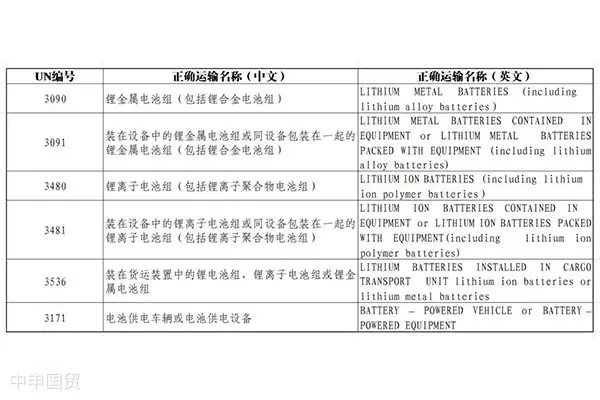
I. Definition and classification of lithium - ion batteries
Lithium - ion batteries: Rechargeable batteries that use metal lithium oxide or lithium - alloy oxide as the positive electrode material, graphite as the negative electrode material, and non - aqueous electrolyte.
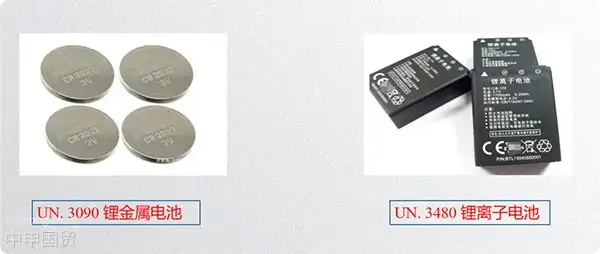
Lithium - metal batteries: Disposable batteries that use manganese dioxide as the positive electrode material, metal lithium or its alloy as the negative electrode material, and non - aqueous electrolyte.
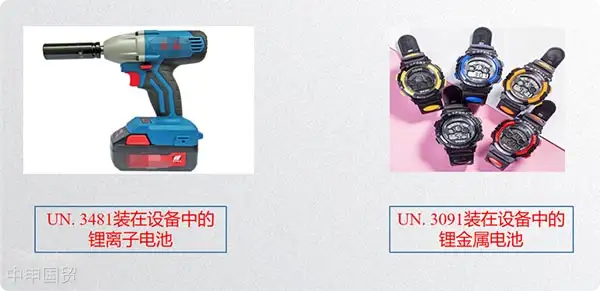
II. Regulatory conditions
Although lithium - ion batteries do not requireimport and exportcommodity inspection, they are dangerous goods and need to comply with relevant international regulations.
III. Use appraisal
Manufacturing enterprises of exported lithium - ion battery products should apply to the customs for the use appraisal of dangerous goods packaging containers. Dangerous goods using unappraised or unqualified packaging containers are not allowed to be exported.
IV. Special items
For lithium - ion battery electric vehicles (UN number 3171) and container - type lithium - ion battery systems (UN number 3536), although there are no specific requirements for packaging specifications in various international dangerous goods regulations and there is no need to apply for the use appraisal of dangerous packages, they should meet the corresponding safety transportation requirements according to their actual transportation methods when exporting.
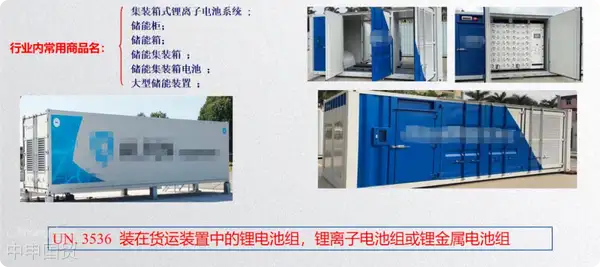

V. International Maritime Dangerous Goods Code
Relevant international dangerous goods transportation rules include the InternationalMaritime TransportationMaritime Dangerous Goods Code (IMDG), the Regulations Concerning the International Carriage of Dangerous Goods by Rail (RID), the European Agreement concerning the International Carriage of Dangerous Goods by Road (ADR), the Dangerous Goods Regulations (IATA - DGR), the United Nations Recommendations on the Transport of Dangerous Goods, Manual of Tests and Criteria, etc. During the sea - borne export of lithium - ion battery products, the above regulations should be strictly followed to ensure the safe transportation of goods.
Lithium - ion batteries are dangerous goods, and there are many policies, regulations, and technical requirements for cargo packaging involved in exports. Enterprises can consult the relevant customs departments in advance to understand regulatory standards, declaration processes, and packaging requirements. The customs will guide enterprises in handling the export business of dangerous goods, improve customs clearance efficiency, and help more high - quality Made - in - ChinaNew energyproducts to be exported.
Related Recommendations
? 2025. All Rights Reserved. 滬ICP備2023007705號(hào)-2  PSB Record: Shanghai No.31011502009912
PSB Record: Shanghai No.31011502009912
